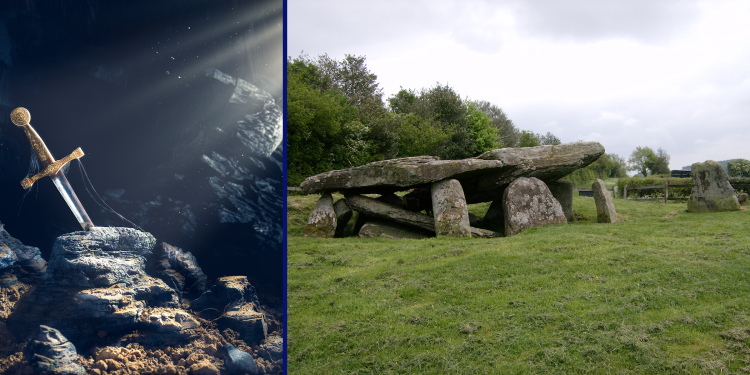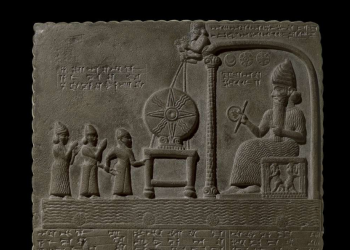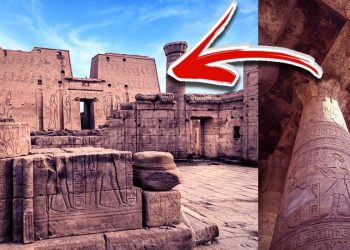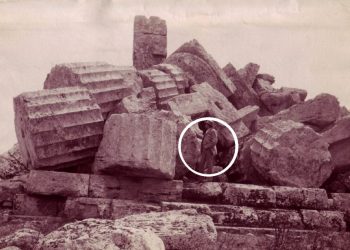The tomb, located in Herefordshire, England, is approximately 5,000 years old. Time has given it a certain mythical halo as it is linked to King Arthur, the very leader of Camelot.
One of the legends says that the monument was erected to commemorate and mark one of the battles fought by the monarch. Another legend tells the story of how King Arthur slew a giant, who then fell atop the stones, leaving behind indentations and marks.
According to another reference, the indentations were left by Arthur’s knees or elbows as he kneeled to pray.
While these myths give it its name, the Neolithic tomb, which has been unexplored, has long puzzled experts and the public.
But things are about to change as experts are preparing to study it.
Archaeologists are conducting stratigraphic excavations and recording particularly sensitive archaeological remains from the University of Manchester in collaboration with English Heritage.
“Arthur’s Stone is one of the country’s most significant Stone Age monuments, and this excavation gives a really rare and exciting chance for members of the public to come and see archaeology in action,” said Ginny Slade, Volunteer Manager at English Heritage.
“Our team of wonderful volunteers will be on hand to explain the latest findings as they happen – we’re asking people to book in advance to make sure everyone has a chance to enjoy this great opportunity.”
Researchers now hope to restore it to its rightful place in Neolithic Britain’s history. Our view of this structure today is of the “inner chamber”, covered with compressed grass.
English Heritage experts believe the monument was probably not built solely to serve as a tomb but as a ritual center.
It is likely that Neolithic people gathered here seasonally, such as at Stonehenge in Wiltshire. Flint flakes, arrowheads, pottery, and incomplete skeletal remains of a number of people have been found in structures in the same region of Herefordshire.
Researchers hope that the excavation will uncover new discoveries that can shed light on the structure’s history and purpose.
“I don’t think there is a real, historical Arthur; he is more of a folk Arthur,” explained Professor Julian Thomas, an archaeologist at the University of Manchester.
Some argue that King Arthur is first mentioned in passing in a 7th-century Welsh poem called Y Gododdin:
He fed black ravens on the rampart of a fortress
Though he was no Arthur
Among the powerful ones in battle
In the front rank, Gwawrddur was a palisade
He gets a better introduction in the 9th-century History of the British, which reports his triumph at the Battle of Badon, traditionally located outside of Bath or in Wiltshire. According to this account, Arthur personally murdered 960 Anglo-Saxon invaders.
History indicates a man named Arthur led a resistance against the Saxons and Jutes around the fifth and sixth centuries C.E. Some Welsh accounts mention an equally talented warlord.
However, the king of the modern myth we are more familiar with only begins to emerge in Geoffrey of Monmouth’s History of the Kings of Britain (1138).
Throughout the 12th and 13th centuries, Arthurian legends were widely shared with the wealthy orally and in manuscripts.
From these sources, we get Lancelot and Guinevere, the Knights of the Round Table, the sword Excalibur, and the idea that Arthur was wounded in battle and taken to the Isle of Avalon, where he died and was buried.
It is also said that Arthur and his knights rest until such time as they rise up and save Britain.
Join the discussion and participate in awesome giveaways in our mobile Telegram group. Join Curiosmos on Telegram Today. t.me/Curiosmos











